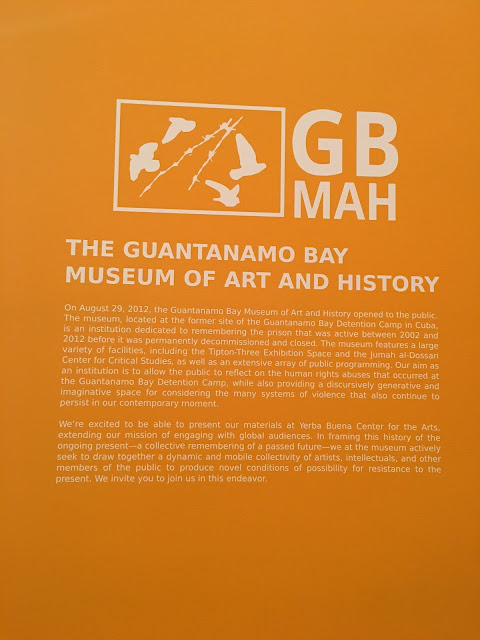 |
| From left to right: Lebe by Anton Ebel, 120° by Anna Spaak, Connesso by Caroline Eriksson. Photo: Frida Berntson. |
Together is a furniture exhibition with students from the Academy of Design and Crafts, University of Gothenburg at the student gallery space A-venue in the heart of Gothenburg. The ten students exhibiting attended the course ”Design as carrier of value” and created objects that were interpreted by the theme ”together” in different ways. The complexity of being together and how it affects us is shown in the exhibition by the very different and creative furniture.
 |
| Unity by Elin Wall. Photo: Frida Berntson. |
 |
| Video explaining how you can rearrange Unity. Photo: Frida Berntson |
Most of the objects were different chairs or benches with or without conjoined tables, but there were also types of storage furniture and so on. An evident theme among most of the objects was the ability to interact with them in different ways; to disassemble them and arrange them differently or make it look different with your own body.
The wooden bench ”Lav” made by Sara Bergqvist was one of the objects I found very interesting and beautiful. Made in light wood the bench is in the process of being taken over by a blue-grayish lichen (made of felt). The organic and winding forms make you want to interact and touch the felt, and also explore it; might there be something underneath? I remember looking at the bench and wondering if you’re supposed to touch it or even sit directly on top of the added felt ”flowers”, but after reading the description provided by the artist I understood that interaction was a part of the experience. Before seeing this exhibition I rarely thought about furniture that could make you feel something or make you interact with it in other ways than sitting on it or using it for the ”obvious” purpose.
 |
| Lav by Sara Bergqvist. Photo: Frida Berntson |
Another object that focused more on raw materials and the combination of them was the stool "Vesuvio" by Nils Bengtsson Blomstrand. The contrast of the raw-looking metallic material and crisp wood was interesting and also the burnt detail on the legs. There was a video showing the process of making the stool and the stages the materials went through which was very interesting.
 |
| Vesuvio by Nils Bengtsson Blomstrand. Photo: Frida Berntson. |
The organization of the exhibition was great, a little brochure with information about the designers and objects was provided and every designer had a business card designed in the same theme as the exhibition itself. One teeny tiny thing I would've liked to see was the used materials clearly written in the brochure, with furniture I find it’s even more interesting and important to focus on material and why designers use certain materials, especially in today’s day and age. The exhibition was a great experience and I highly recommend you go and see it!
 |
| The opening night August 31st. Photo: Frida Berntson |
The exhibition is open until September 17th and you can find more information here







































